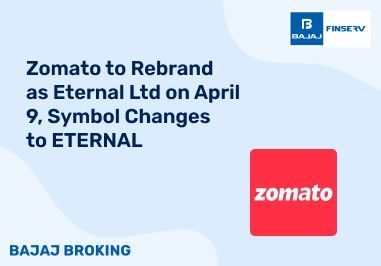If as an investor you are keen on fixed-income instruments, then you must have heard of terms like “Green Bonds” and “Traditional Bonds.” Green Bonds are designed to fund projects related to environmental sustainability. As more and more people are getting concerned with issues related to climate change, green bonds have gained in popularity in recent years. Traditional Bonds, on the other hand, are meant to fund general projects of corporations, governments, and other institutions. In most cases, traditional bonds are not meant for any environment-related objective. Apart from that, there are many other differences between these bonds. Read this blog, as it takes a deep dive into the topic of Green Bonds vs Traditional Bonds.
What are Traditional Bonds?
Traditional bonds are typically issued by private companies, governments, and municipalities to raise funds for various projects or for their day-to-day operations.
When an investor invests in a traditional bond, he usually receives a fixed-income (also known as “interest” or “coupon payments”) for a certain period of time or until the bond's maturity. Once a bond matures, the issuer pays back the principal amount.
Investing in a bond is like giving a loan to an entity. A bond’s investor gets a fixed return in the form of regular interest. However, he does not have a stake or ownership in the issuer's business.
What are Green Bonds?
Green bonds are a popular way to raise finance for projects meant to support the cause of the environment. These bonds have become popular because people, governments, and organizations worldwide have become more aware of the dangers posed by climate change to our planet.
Green bonds are often issued by public and private organizations and multilateral entities to fund projects related to energy efficiency, renewable energy, climate change, sustainable water management, clean public transportation, wastewater management etc.
As an investor, green bonds provide you with an opportunity to support initiatives related to environment-sustainability and also earn a fixed interest. Just like traditional bonds, green bonds pay interest on a regular basis and return the principal upon their maturity. Having learnt what these bonds are, you should understand what differentiates them from each other. In other words, you must develop an understanding of Green Bonds vs Traditional Bonds.
Key Differences Between Green Bonds and Traditional Bonds
If you are a bond investor, you ought to understand the differences between green bonds and traditional bonds to make an informed decision. Not knowing much about the nuances of Green Bonds vs Traditional Bonds can make it difficult for you to meet your investment objective. So, read on…
Purpose and Use of Proceeds
The main difference between these two types of bonds is on account of the purpose and utilization of their proceeds. Traditional bonds are typically used for objectives like helping a private company expand its operations, funding a government project, etc.
However, green bonds are used to fund environmental projects related to areas like energy efficiency, renewable energy, water conservation, clean transportation, etc. Green bonds specifically cater to projects related to sustainability, while traditional bonds are meant for general objectives.
Green bonds often have strict guidelines in terms of how they can be used. They are usually certified as “green,” as they are meant for only those investors who are passionate about the cause of the environment. However, traditional bonds do not focus on environmental projects.
Transparency and Reporting Requirements
There are significant differences between green bonds and traditional bonds when it comes to their transparency and reporting. As green bonds are meant for environment-friendly projects, their issuers have to meet stringent transparency rules. Hence, the issuers of green bonds have to report how they spend funds and the impact of their projects on the environment.
On the other hand, traditional bonds do not have to meet such strict environmental reporting norms. The most important thing for traditional bonds is to pay the interest and the principal due on time. Typically, the investors of traditional bonds do not need detailed disclosures on how funds are utilized.
Market Demand and Investor Base
As green bonds and traditional bonds are meant for different purposes, they attract different types of investors. Hence, investors who are passionate about environmental sustainability invest in green bonds. As awareness about climate change is increasing, a significant number of investors put their hard-earned money in green bonds.
On the other hand, traditional bonds are meant for general objectives, like a company’s growth and expansion. Typically, investors who want steady and assured returns invest in traditional bonds. The market for green bonds is growing but niche, while the market for traditional bonds is much larger.
Yield and Performance Comparison
Typically, the yield of a green bond is not comparable to that of a traditional bond because of the difference in the objective behind issuing these bonds. Hence, if an investor wants to compare, he should compare the yield and the performance of a green bond with that of another green bond. Similarly, the yield/performance of a traditional bond should be compared to that of another traditional bond.
Now that you have understood the topic of green bonds vs traditional bonds, you can decide which bonds to invest in.
Conclusion
Whether you want to invest in a green bond or a traditional bond, you should be very clear of the objective of your investment. If your objective is to simply earn an assured return, then you should invest in traditional bonds. However, if you want to support an environmental cause, then you can consider green bonds. That said, before investing, you should also check the yield of such bonds and the creditworthiness of their issuer.













